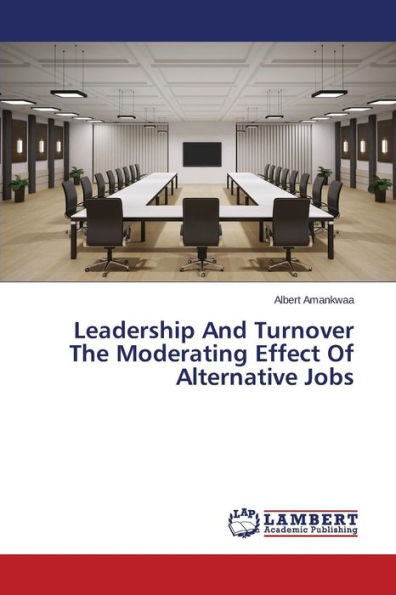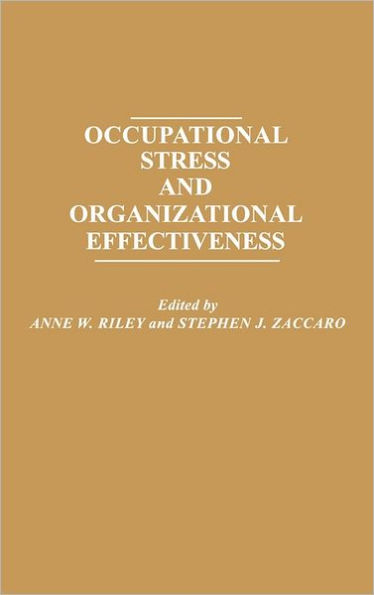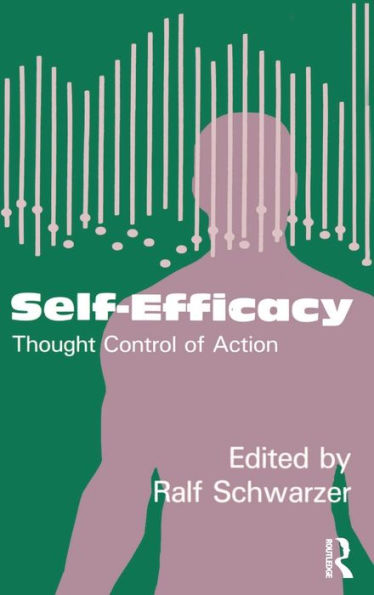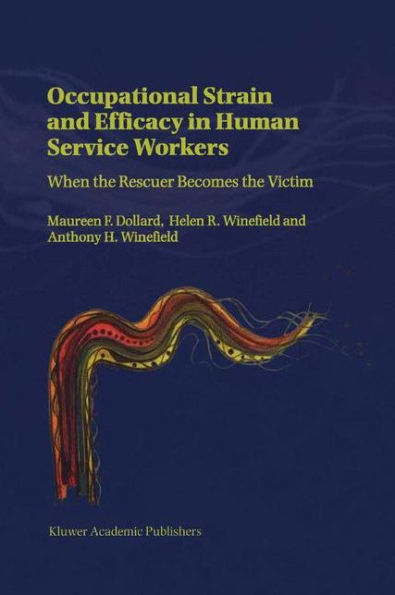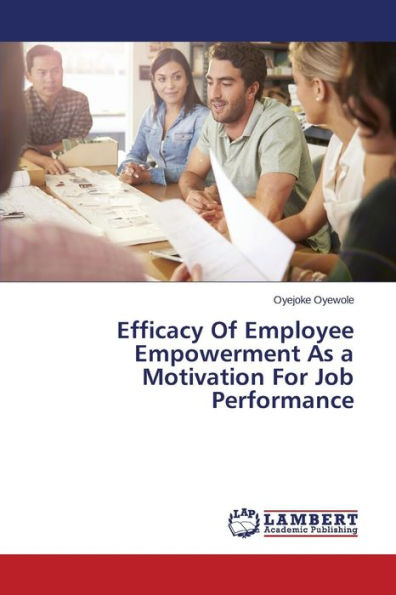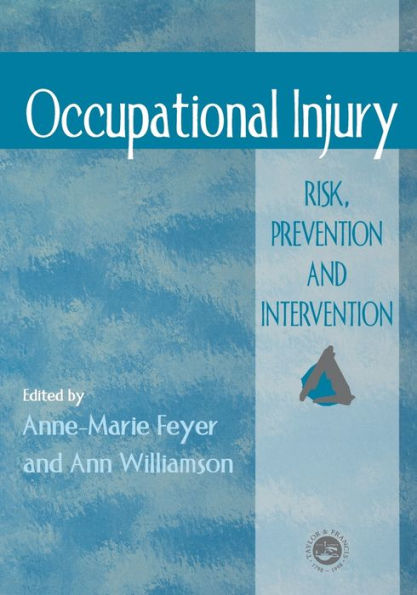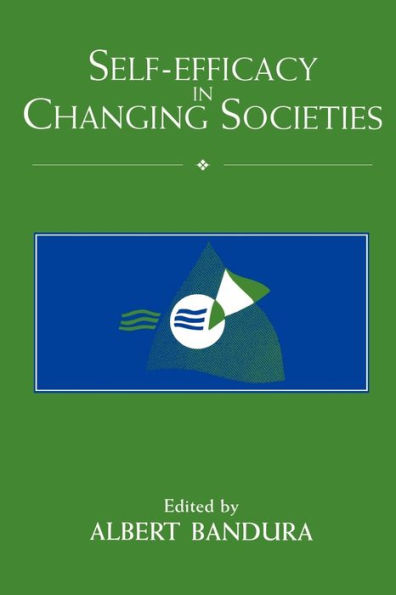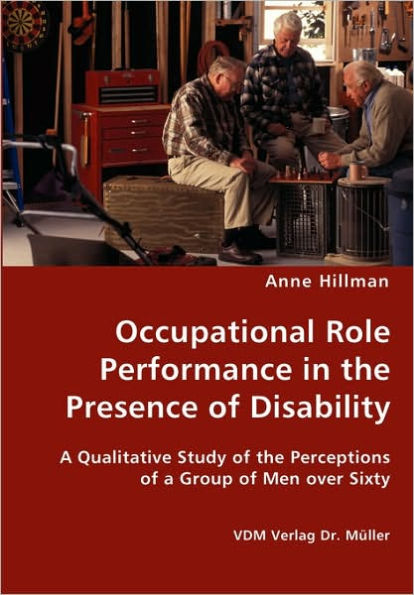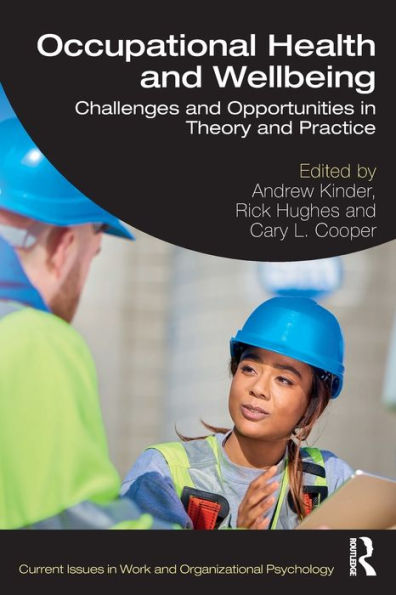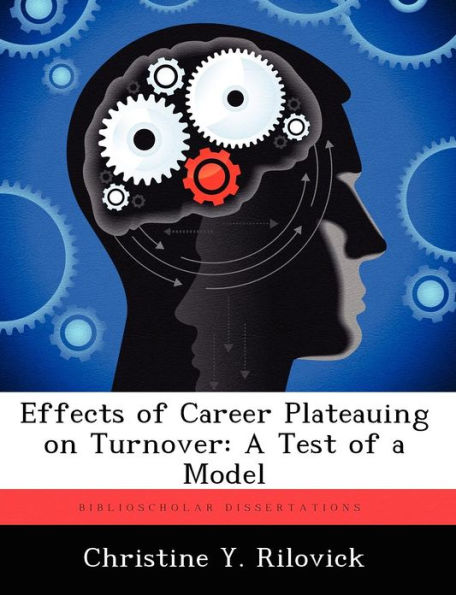Home
PERCEIVED OCCUPATIONAL HAZARD AND TURNOVER INTENTION: THE MODERATING ROLE OF SELF-EFFICACY


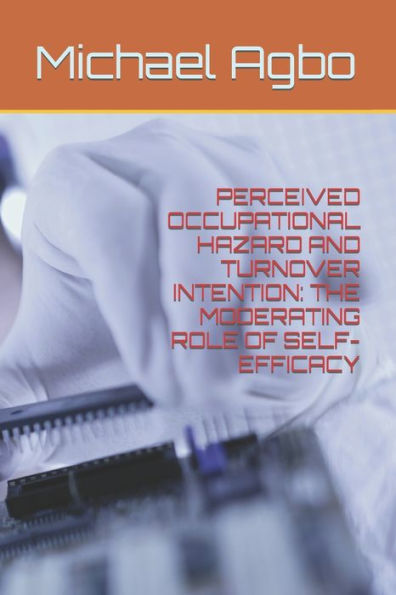
PERCEIVED OCCUPATIONAL HAZARD AND TURNOVER INTENTION: THE MODERATING ROLE OF SELF-EFFICACY
Current price: $250.00
Loading Inventory...
Size: OS
This study investigated the moderating role of Self-efficacy on the relationship between Perceived Occupational Hazard and Turnover Intentions among staffs of Power Holding Company of Nigeria Plc (PHCN) in Enugu. Two hundred and eighty eight (288) participants consisting of 184 males and 104 females were sampled from the company. Their ages ranged between 20 and 50 years, with a mean age of 35.00 years. The study adopted a cross-sectional survey design. The result of hierarchical regression analysis of variance showed that self-efficacy and perceived occupational hazard are predictors of turnover intentions with an explanation of 46% variance [β= -.289, p<.001] and 46% variance [β= .550, p<.001] respectively. On testing for the moderating effect of self-efficacy on the relationship between Perceived Occupational Hazard and Turnover Intention, a significant moderation was found [t= -5.093, p< .01]. SE= -.289; p< .01, POH= .550; p< .01, β = -.056; p< .001]. Thus, Self-efficacy moderates Perceived Occupation Hazard and Turnover Intention. Implications of these findings were stated and suggestions were made for further study.
